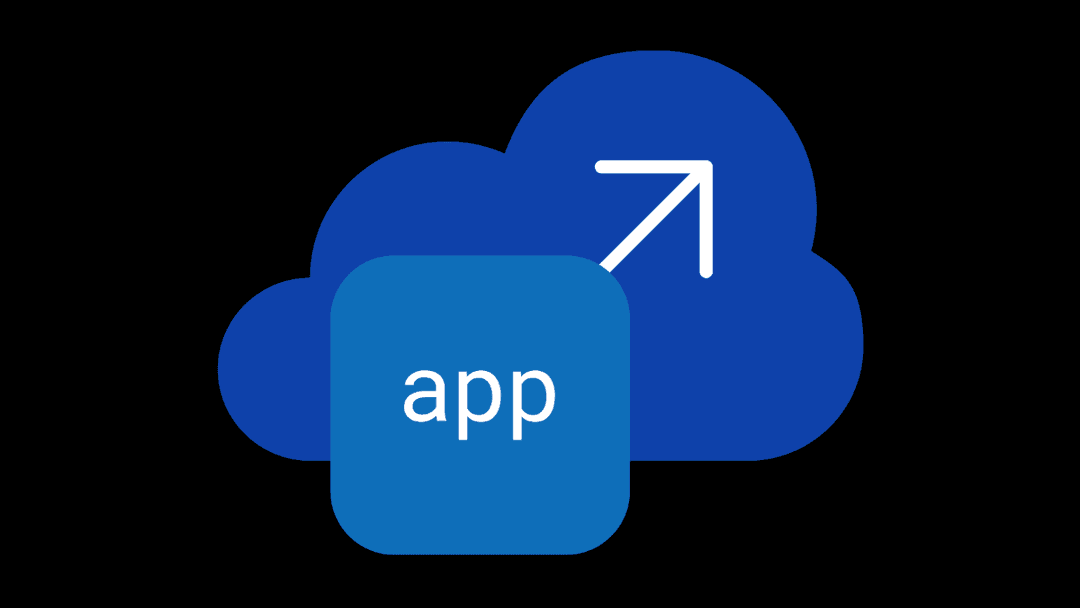Government agencies and education institutions are turning to more advanced IT solutions to help them accomplish their critical app modernization goals. One of the key factors driving these changes is the industry’s move to hybrid cloud environments. According to a recent NASCIO study, 89 percent of State CIOs reported that hybrid cloud is their ideal cloud scenario.
At the recent F5 SLEDFest event held in Austin, Texas, state & local government and education (SLED) leaders and practitioners gathered to learn about how to best manage hybrid cloud environment with the latest IT solutions—and to discuss top cybersecurity and IT modernization challenges and solutions making the greatest impact in the industry today.
Utilizing customer feedback and helpful resources, like NASCIO’s annual survey, State CIO Top 10 Priorities, F5 prepared a targeted agenda for the audience. Fortunately, as they say in Texas, “This ain’t our first rodeo,” when it comes to helping SLED organizations solve their application modernization challenges.
Like taking down a delicious plate of Austin’s famous BBQ with all the right sides, attendees were “full” after the event with tips on simplifying app security and the benefits of next generation infrastructure modernization. This blog will provide some of the key points discussed at the event.
Simplifying Agency App Security
While 96 percent of government IT leaders believe that last year’s White House Executive Order will improve cybersecurity, less than half feel well prepared to respond to its directives. It’s no mystery as to why this may be the case. With multi-cloud environment aspirations and practicalities moving into the mainstream (see NASCIO study above), it means a greater attack surface with less visibility.
Government agencies and education institutions are struggling with cybersecurity in these new environments and are looking for more simplified app security approaches to stay ahead of the evolving threats. What’s more, multi-cloud also provides more chances for cloud resource sprawl of forgotten or unmanaged cloud instances holding critical data or authentication keys.
A large portion of the afternoon at SLEDFest Austin was spent previewing architecture and solutions that allow organizations to connect, protect, and deploy apps across distributed clouds. The benefits of these type of solutions include accelerating time-to-service, lowering TCO, and increasing security efficacy on a cloud-native platform that is fully integrated across a single policy engine and management console.
The key takeaway from these discussions was how a SaaS platform like the above helps to simplify app security. Specifically, a new solution of ours was covered in detail—F5 Distributed Cloud Services, which manages the lifecycle of the containerized application infrastructure, including updates, security, and more. With this solution you can easily scale your workloads up or down geographically using replicas, without any resource constraints.
Infrastructure Modernization with Next Generation Platforms
Unfortunately, many at the event would likely agree that legacy and monolithic applications result in a host of challenges for agencies. Dated and complex public sector network architecture and app development processes lead to poor digital experiences for constituents and government employees, impeding success.
Times are changing with new infrastructure modernization solutions. What initially took months with updates and implementations now requires just weeks, days, or even hours. During the event the attendees were provided with a detailed look at the new F5 rSeries, which is a next-gen appliance that bridges the gap between traditional and modern infrastructures with a completely rearchitected, API-first platform. rSeries is designed to meet the needs of any app or service by delivering up to a 2x scale and performance improvement over our previous generation of iSeries platforms.
With the importance of microservices in modern infrastructures, we also spent time discussing our Kubernetes-related solutions, which are platform‑agnostic and include the three components you need to enable production‑grade Kubernetes: NGINX Ingress Controller as the ingress‑egress tier, NGINX App Protect as the WAF, and NGINX Service Mesh as the east‑west tier.
The big takeaway from these discussions was that modernizing infrastructure is a necessary step in the journey to become a digital organization. Agencies need solutions that provide an increase in flexibility along with speeds and feeds—both technically and operationally—to help accelerate modernization efforts.
Interested in attending future F5 SLEDFest events? Learn more about the details here.
About the Author

Related Blog Posts

AppViewX + F5: Automating and orchestrating app delivery
As an F5 ADSP Select partner, AppViewX works with F5 to deliver a centralized orchestration solution to manage app services across distributed environments.

Build a quantum-safe backbone for AI with F5 and NetApp
By deploying F5 and NetApp solutions, enterprises can meet the demands of AI workloads, while preparing for a quantum future.

F5 ADSP Partner Program streamlines adoption of F5 platform
The new F5 ADSP Partner Program creates a dynamic ecosystem that drives growth and success for our partners and customers.
F5 NGINX Gateway Fabric is a certified solution for Red Hat OpenShift
F5 collaborates with Red Hat to deliver a solution that combines the high-performance app delivery of F5 NGINX with Red Hat OpenShift’s enterprise Kubernetes capabilities.
F5 Silverline Mitigates Record-Breaking DDoS Attacks
Malicious attacks are increasing in scale and complexity, threatening to overwhelm and breach the internal resources of businesses globally. Often, these attacks combine high-volume traffic with stealthy, low-and-slow, application-targeted attack techniques, powered by either automated botnets or human-driven tools.
Phishing Attacks Soar 220% During COVID-19 Peak as Cybercriminal Opportunism Intensifies
David Warburton, author of the F5 Labs 2020 Phishing and Fraud Report, describes how fraudsters are adapting to the pandemic and maps out the trends ahead in this video, with summary comments.
